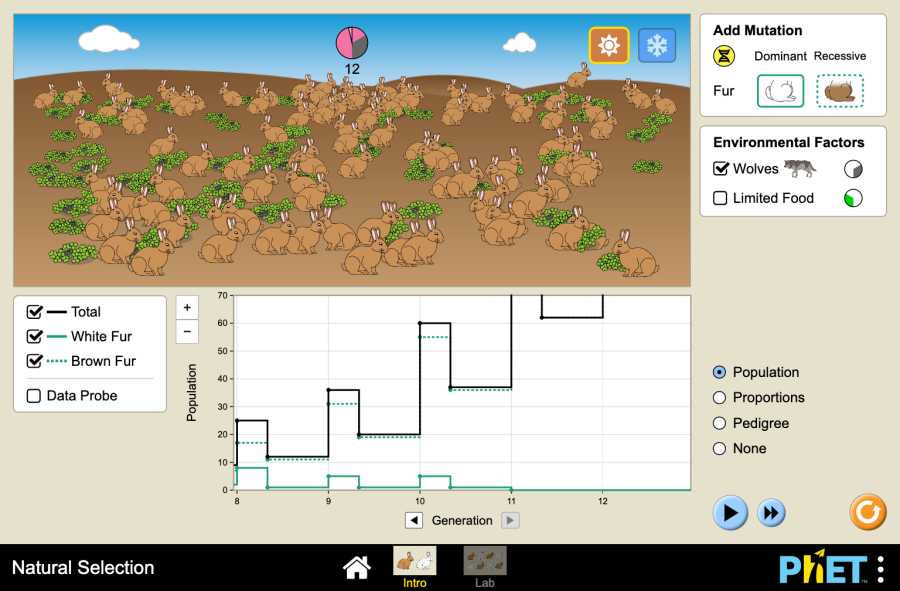
Biology Activities
View Elementary School Activities
| Make a Candy DNA Model |
| DNA is a vital part to all living things as it carries the genetic instructions that
make up who we are. In this activity, students will create model DNA molecules out
of candy to observe its double helix structure along with its alternating sugar and
phosphate groups. |
| Pumping Heart Model |
| The heart is one of the body's most vital organs as it is responsible for circulating our blood around our bodies. In this activity, students will observe how a heart is able to pump blood with this simple model. |
| Suck it Up! |
| In this activity, students will observe the transpiration and capillary action that plants utilize to transport water from their roots. This will be done by observing the change of colors from white flowers as they absorb dyed water. |
View Middle School Activities
| Leaf Chromatography |
| Chromatography is an important tool used by biologists to observe different chemical
compounds existing in a living organism. In this activity, students will utilize chromatography
to observe the pigments existing in a leaf. |
| Natural Selection |
| Soil Science |
| In this activity students will build their own Winogradsky columns. These columns are miniature enclosed ecosystems where students will be able to add different forms of nutrients to observe how microorganisms flourish. |
View High School Activities
| Cell Membrane Color Sheet |
| A cell is the smallest living organism that makes all of life’s processes. In this
activity, students will design a schematic of these little building blocks of life.
They will also build a model of the cell membrane to understand how it regulates what
goes in and outside of the cell. |
| Breathing Cells |
| When breathing our lungs bring oxygen into our bloodstream with the waste product being CO2. In this activity students will observe this process by using a pH indicator to monitor the amount of CO2 produced. This activity also works in conjunction with the red cabbage chemistry to produce the pH indicator |
| Connected Bio |
| In this activity, students will observe how genes get passed down from parents to offspring. Students will be able to connect how environmental factors, dominant and recessive genes existing within the parents, and molecular makeup results in the final offspring. |
